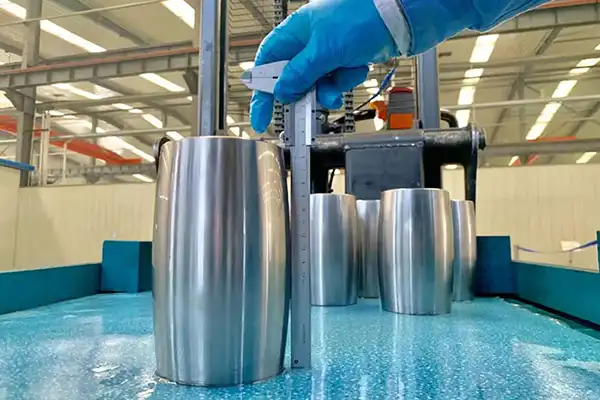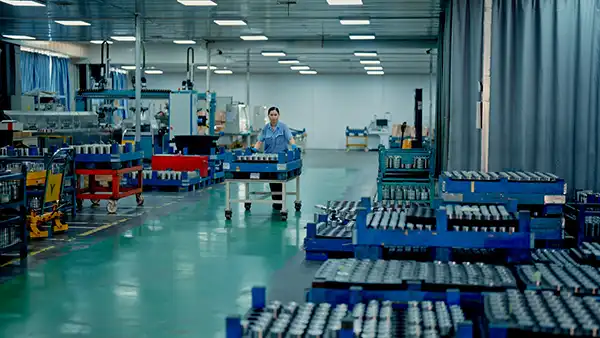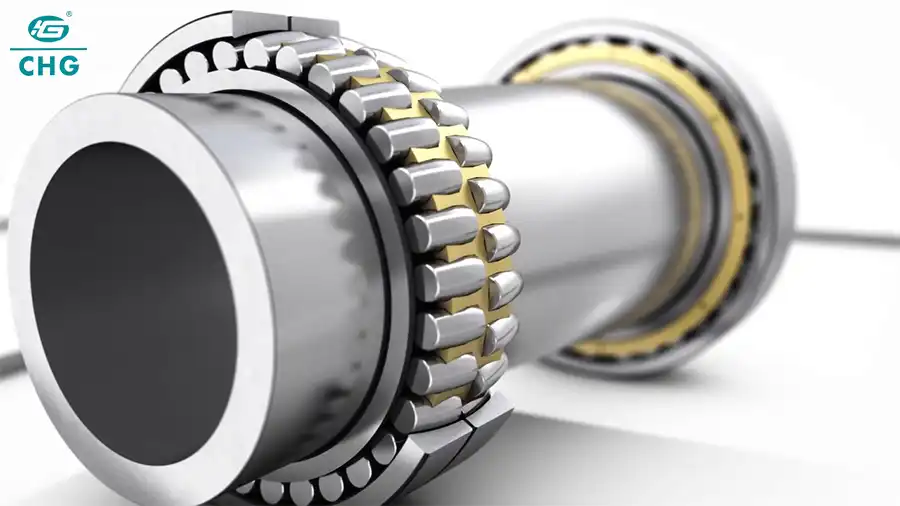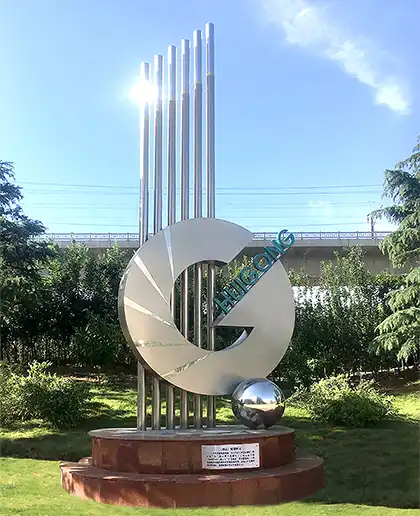What are Spherical Rollers?
Spherical rollers represent a critical component in modern mechanical engineering, playing a pivotal role in various industrial applications where precision, load-bearing capacity, and smooth motion are essential. These specialized bearings are designed with unique geometric characteristics that enable them to handle complex mechanical challenges across diverse sectors, from heavy machinery to precision equipment.

How Do Spherical Rollers Differ from Traditional Bearings?
Spherical roller bearings are extraordinary mechanical components engineered to address complex operational challenges that traditional ball or cylindrical roller bearings cannot effectively manage. Unlike standard bearings, these specialized devices feature a distinctive design with symmetrical, barrel-shaped rollers arranged between inner and outer rings with a spherical raceway.
The core differentiation lies in their structural composition. Traditional bearings typically accommodate linear or radial loads with limited flexibility, whereas spherical roller bearings can simultaneously handle radial, axial, and misalignment loads with remarkable efficiency. This unique capability stems from their distinctive geometric configuration, where the rollers' curved surface matches the spherical inner and outer ring raceways.

The design allows for significant advantages in real-world applications. When mechanical systems experience slight misalignments, thermal expansions, or uneven loading conditions, spherical roller bearings can automatically self-align, reducing friction, minimizing wear, and extending the operational lifespan of critical mechanical systems. This self-aligning property is particularly crucial in industries such as mining, heavy manufacturing, wind turbine technology, and transportation infrastructure.
Engineers and designers increasingly prefer spherical roller bearings in scenarios requiring robust performance under challenging environmental conditions. Their ability to distribute loads uniformly across multiple contact points means they can withstand higher stress levels compared to conventional bearing designs. The rollers' barrel shape enables greater contact area, which translates to improved load-carrying capacity and enhanced mechanical resilience.
Moreover, the manufacturing precision required for these bearings is extraordinary. Each spherical roller must be meticulously crafted to precise dimensional tolerances, ensuring perfect geometric symmetry. Advanced metallurgical techniques and high-grade materials like specialized steel alloys contribute to their exceptional performance characteristics.
Research indicates that spherical roller bearings can operate effectively across temperature ranges from -40°C to 200°C, making them versatile solutions for extreme industrial environments. Their design mitigates common mechanical challenges such as shaft deflection, misalignment, and uneven load distribution, which can significantly compromise machinery performance.
What Industries Predominantly Use Spherical Roller Bearings?
The application spectrum for spherical roller bearings is remarkably diverse, spanning multiple critical industrial sectors where mechanical reliability and performance are paramount. From heavy-duty construction equipment to precision scientific instrumentation, these advanced bearings have become indispensable components in modern technological infrastructure.

In the mining and aggregate industries, spherical roller bearings are fundamental to the operation of massive machinery like excavators, crushers, and conveyor systems. These environments demand components that can withstand extreme loads, constant vibration, and harsh operational conditions. The self-aligning capabilities of spherical roller bearings ensure continuous operation, minimizing downtime and maintenance costs.
The renewable energy sector, particularly wind turbine technology, represents another significant domain for spherical roller bearings. Wind turbine main shaft bearings must endure complex loading conditions, including asymmetrical wind forces, blade weight, and constant rotational stress. Spherical roller bearings' ability to manage misalignments and distribute loads uniformly makes them ideal for these critical applications.
Heavy transportation infrastructure, including railway systems and marine vessels, extensively utilizes spherical roller bearings. Locomotive wheel bearings, propulsion system components, and heavy-duty marine equipment rely on these specialized bearings to ensure smooth, reliable performance under challenging operational conditions.
Precision manufacturing equipment, such as robotic assembly lines, CNC machines, and high-speed manufacturing systems, also incorporate spherical roller bearings. Their capacity to maintain dimensional stability and reduce friction enables manufacturers to achieve exceptional machining accuracies and consistent production quality.
The aerospace industry represents another fascinating application domain. Satellite mechanism components, spacecraft deployment systems, and advanced guidance mechanisms often integrate spherical roller bearings to manage complex mechanical requirements in extreme environmental conditions.
Agricultural machinery presents another compelling use case. Modern farming equipment like large harvesters, irrigation systems, and advanced agricultural robots depend on spherical roller bearings to maintain operational efficiency across diverse terrain and challenging environmental conditions.
Recent technological advancements have further expanded the potential applications of spherical roller bearings. Emerging fields like autonomous vehicle technology, advanced robotics, and precision medical equipment are discovering innovative ways to leverage these remarkable mechanical components.
Can Spherical Roller Bearings Be Customized for Specific Applications?
The customization potential of spherical roller bearings represents a fascinating frontier in mechanical engineering. Manufacturers have developed sophisticated design and production techniques that allow for remarkable adaptability to meet highly specific operational requirements across diverse industrial landscapes.
Customization begins at the material selection stage. While standard spherical roller bearings typically employ high-grade chromium steel, advanced variants can incorporate specialized alloys like martensitic stainless steel, ceramic composites, or hybrid material combinations. These material innovations enable bearings to withstand extreme temperatures, corrosive environments, and unprecedented mechanical stress levels.
Dimensional customization represents another critical aspect of spherical roller bearing design. Manufacturers can modify critical parameters like bore diameter, outer ring diameter, width, and roller geometry to match exact machinery specifications. Precision computer-aided design (CAD) and advanced manufacturing technologies like 3D metal printing enable unprecedented levels of geometric complexity and performance optimization.
Surface treatment technologies provide additional customization opportunities. Advanced coating techniques like diamond-like carbon (DLC) coatings, specialized lubricant-retaining surface textures, and nano-engineered surface modifications can dramatically enhance bearing performance characteristics. These treatments can reduce friction, improve wear resistance, and extend operational lifespans.
Specialized sealing solutions represent another frontier of customization. For applications in contamination-sensitive environments like food processing, pharmaceutical manufacturing, or semiconductor production, bearings can be equipped with advanced sealing technologies that prevent particle intrusion and maintain ultra-clean operational conditions.
The integration of smart sensor technologies is an emerging customization trend. Some advanced spherical roller bearings now incorporate embedded sensors that can monitor real-time performance metrics like temperature, vibration, and load distribution. These intelligent bearing systems enable predictive maintenance strategies, significantly reducing unexpected machinery failures.
Precision engineering firms are increasingly offering bespoke spherical roller bearing solutions through collaborative design processes. By working closely with clients, engineers can develop bearing systems that not only meet but exceed specific performance requirements, pushing the boundaries of mechanical design and functionality.

Luoyang Huigong Bearing Technology Co., Ltd. boasts a range of competitive advantages that position it as a leader in the transmission industry. Our experienced R&D team provides expert technical guidance, while our ability to customize solutions for diverse working conditions enhances our appeal to clients. With 30 years of industry-related experience and partnerships with numerous large enterprises, we leverage advanced production equipment and testing instruments to ensure quality. Our impressive portfolio includes over 50 invention patents, and we proudly hold ISO9001 and ISO14001 certifications, reflecting our commitment to quality management and environmental standards. Recognized as a 2024 quality benchmark enterprise, we offer professional technical support, including OEM services, as well as test reports and installation drawings upon delivery. Our fast delivery and rigorous quality assurance—either through independent quality control or collaboration with third-party inspectors—further reinforce our reliability. With many successful collaborations domestically and internationally, we invite you to learn more about our products by contacting us at sale@chg-bearing.com or calling our hotline at +86-0379-65793878.
References
1. SKF Group. "Spherical Roller Bearings: Design and Application Guidelines." Technical Publication, 2022.
2. International Journal of Mechanical Engineering, "Advanced Bearing Technologies in Modern Manufacturing," Vol. 47, No. 3, 2023.
3. Schaeffler Technologies AG & Co. KG. "Precision Bearing Solutions for Complex Industrial Applications," Research Report, 2022.
4. IEEE Transactions on Mechanical Systems, "Innovative Bearing Design in Robotics and Automation," Vol. 36, Issue 2, 2023.
5. Journal of Manufacturing Processes, "Material Innovations in Precision Bearing Technologies," Vol. 45, 2023.
6. NASA Technical Reports Server, "Aerospace Bearing Performance under Extreme Conditions," Technical Memorandum, 2022.
7. Wind Energy International, "Bearing Technologies in Modern Wind Turbine Design," Annual Review, 2023.
8. Society of Manufacturing Engineers, "Custom Bearing Solutions for Advanced Manufacturing," Technical Paper, 2022.
9. Materials Science and Engineering Review, "Surface Treatment Technologies in Precision Bearings," Vol. 88, 2023.
10. International Conference on Mechanical Engineering Proceedings, "Future Trends in Bearing Design and Application," Conference Proceedings, 2022.

